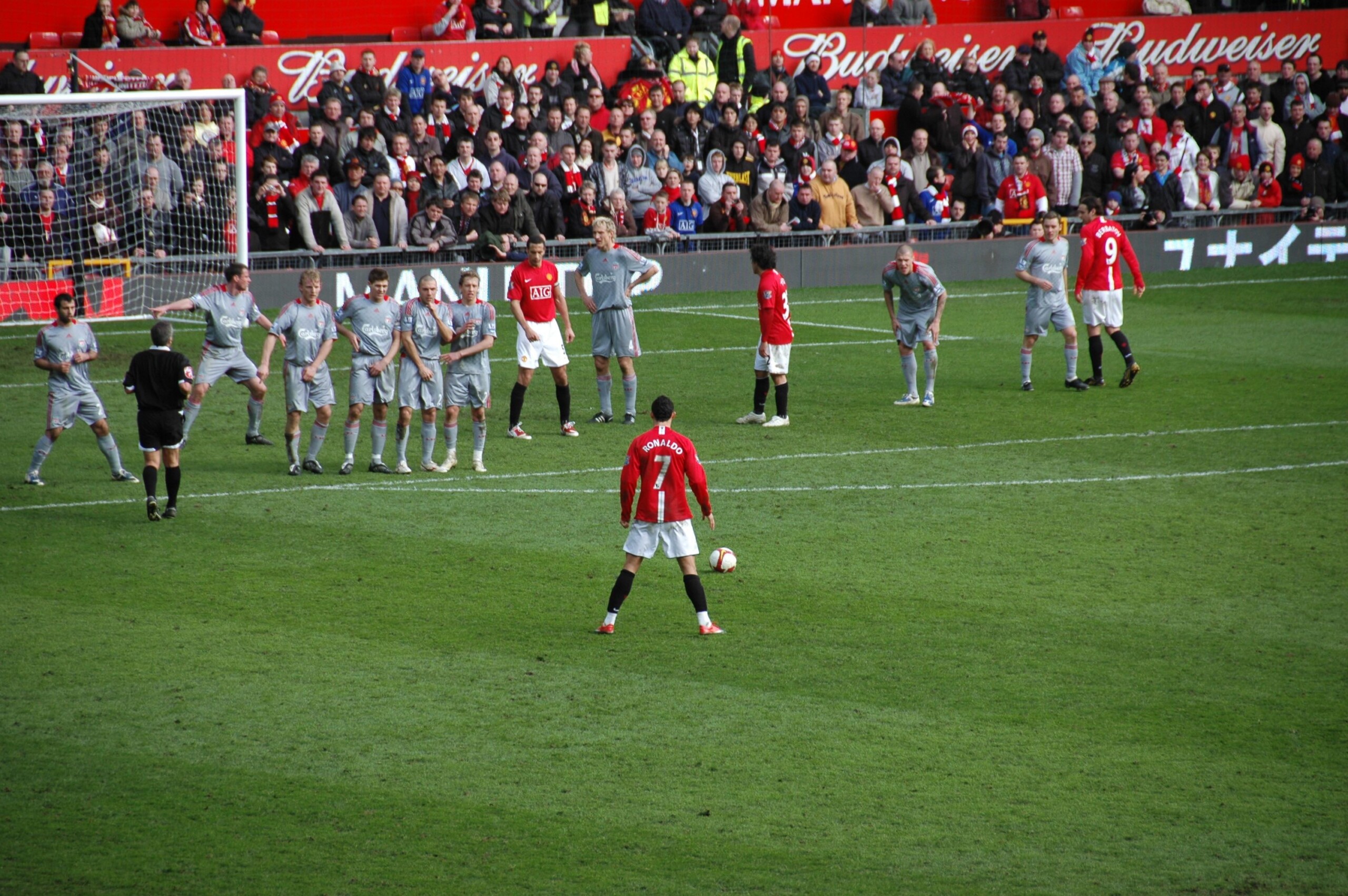Objective and subjective performance measures are used to classify the various different types of performance measures.
Objective performance measures are independent of the observer. That means the measurement is done using something other than the person observing. This independent measure can include: a stop-watch, measuring tape or record of goals. The objectivity of the performance measure is increased through measures such as: time, checklists, or established criteria.
In contrast subjective performance measures are dependent on the observer and based on opinions, feelings, and general impressions. Subjective measures rely more on the observer than independent measures. Sports such as dance and gymnastics are more subjective than objective in their measures.
It is important to remember that these are not clear cut categories – objective and subjective performance measures. No, these measures sit at either end of a continuum.
Sports such as high jump use completely objective performance measures of metres and centimetres, while diving tends to use more subject performance measures. Skills are often measured using both, such that a soccer player’s performance. It was good because it looked good, felt smooth, but also he covered 12Km in the game, made 30 tackles, had 98% success in passing and 85% success in shots, and scored 3 goals in the game.


